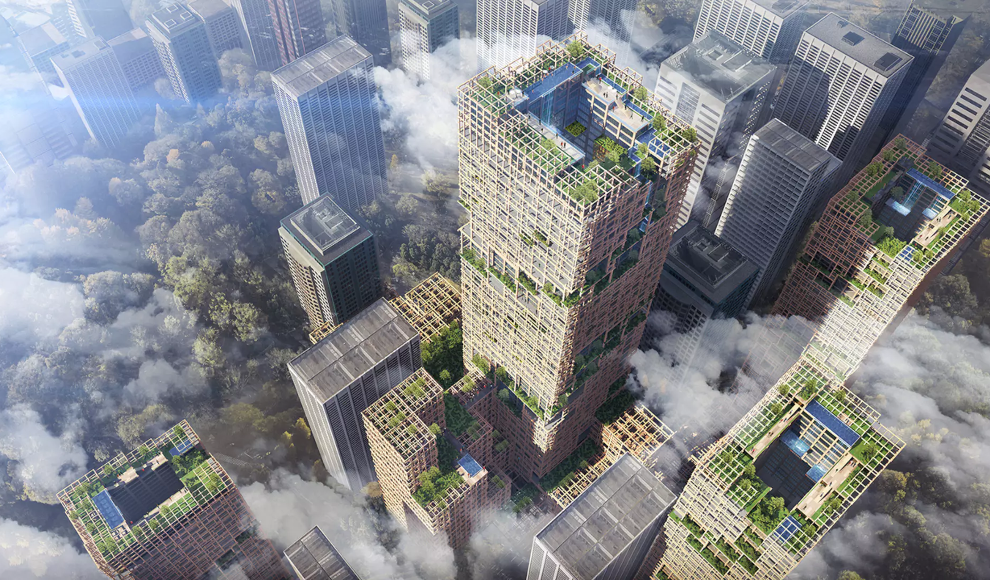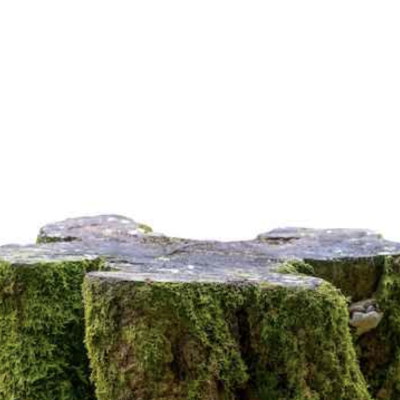In a bid to reduce CO2 emissions in the construction industry, Japanese construction company Nikken Sekkei and wood processing company Sumitomo Forestry have developed an innovative composite beam construction method that combines wooden beams and reinforced concrete slabs. This new method allows for the construction of skyscrapers made primarily of wood, with the potential to reach heights of up to 350 meters. The new wooden beams can span up to 12 meters, twice the length of previous wooden beams used in high-rise construction. Additionally, the new beams are less deep, reducing the amount of material needed and increasing the height of each floor.
The new wooden beams have a sawtooth pattern on their surface, with a 3.5 cm deep notch every 25 cm. Sixteen-millimeter hexagonal screws are inserted into the center of each notch, and the reinforced concrete slab is then placed on top of the wooden beams. The sawtooth pattern creates a composite structure with a particularly strong structure that is not inferior to traditional steel and reinforced concrete structures. Furthermore, only one-tenth of the steel screws are required to hold the concrete slab in place compared to traditional smooth wooden beams.
The project, called W350, was initiated by Sumitomo Forestry in 2018, with the goal of constructing a 350-meter-high skyscraper by the company’s 350th anniversary in 2041. The new method is expected to significantly reduce CO2 emissions in the construction industry. Japan has large industrial forests that were planted after World War II, but their use collapsed in the 1960s due to the cheaper import of wood. Nikken Sekkei and Sumitomo Forestry hope that the use of wood in high-rise construction will create a new mass market for wood in Japan, making the use of local forests profitable once again.










